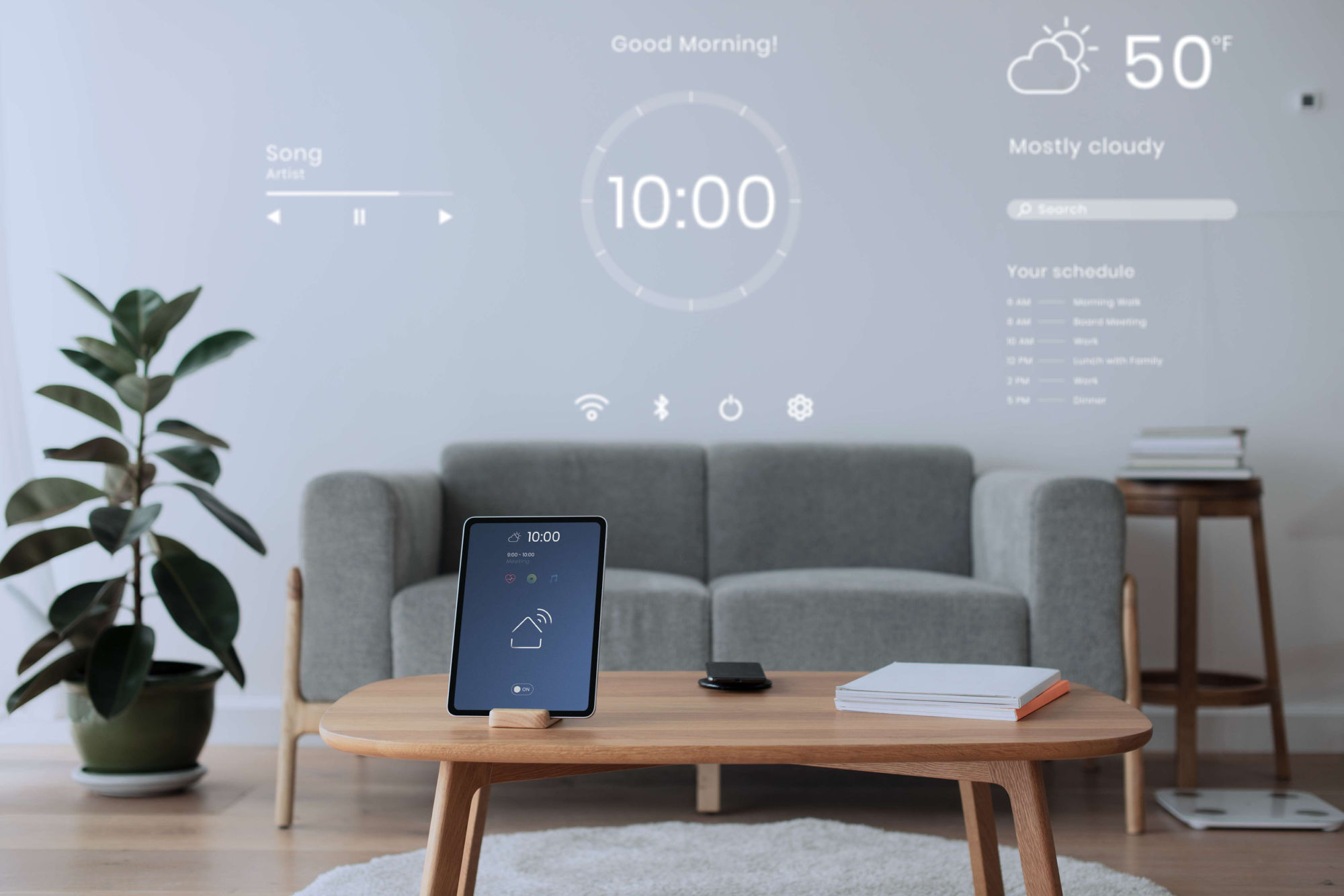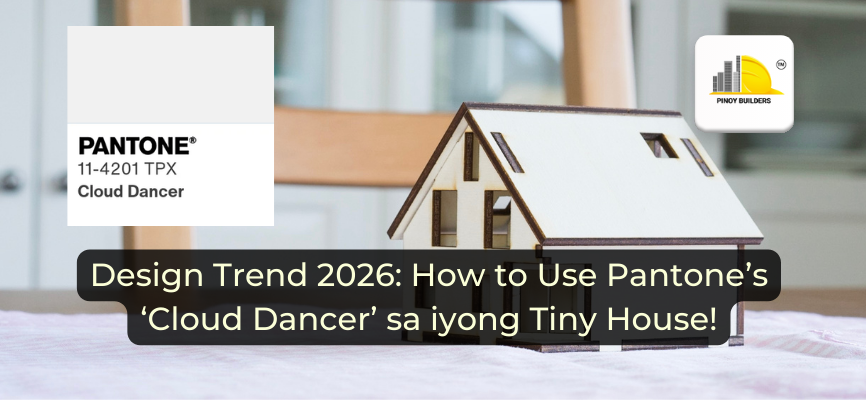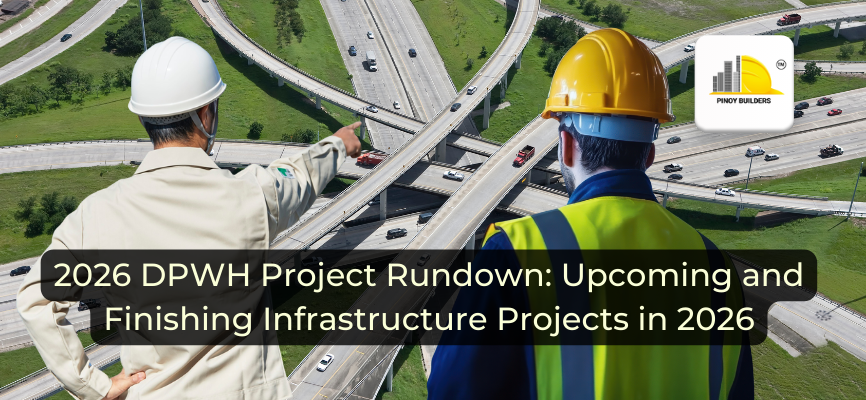A smart building is any structure that uses automated processes to control the building’s functions, such as heating, ventilation, air conditioning, lighting, security, and other systems.
Smart buildings use sensors, actuators, and microchips to collect data and manage it according to the tasks and services of a business or a home.
Photo Courtesy: Freepik
Smart Buildings are built with a human-centered approach.
To achieve a human-centered building design approach, all of a building’s facilities automatically adjust to its workforce’s demands, including Wi-Fi, lighting, power supply, heating, ventilation/air conditioning, and ventilation. This includes Wi-Fi connections, lighting, electricity, heat, ventilation and air conditioning. Future buildings will put people first.
Buildings of the future are not merely about the use of integrated technology to create reactive environments — they are about people, and how people will use these structures now and in the future, and how they will progress.
How to Construct Smart Buildings and Homes
The most important thing to know about today’s smart buildings is that they are built from the ground up, not from the top down. This is the case because smart buildings’ security, facility control, and other IoT technologies are often created and deployed independently.
To get the most out of an IoT smart building, you need a top-down approach and all IoT systems working together. Here’s how you do it.
Know the parts and layers of a smart building.
To start, it’s important to know the layers and parts of a smart building architecture.
This is how each system works: There are two layers: a sensor and controller layer that has direct access to the environment, and a system hub that connects the sensor and controller layer to its main source of intelligence and connectivity, as well as to the facility controller.
Assessment of building technology systems.
Building technology systems are assessed for their computing power, technology infrastructure, facility age, compatibility with IoT and smart building technologies, location, and ability to connect to another platform.
For a new building, this assessment could be virtual, conceptual, or both.
However, for existing facilities, you need to know how they were built. This will help you figure out what should and should not be done. The effectiveness of an intelligent building depends on MEP infrastructure, lighting, elevators, essential electrical components, electrical infrastructure, and HVAC controls. A thorough examination of the structure will disclose how these elements are linked, as well as any potential or existent data points. This evaluation will document the current building’s condition, age, and capacity.
Visioning and master planning.
For commercial buildings, it is very important to understand the nature of businesses and the target market of the business to prepare it properly for its tenant’s operations. For Home, it is important to understand the lifestyle and personality of the people that will live in it. Poor planning will lead to renovations and poor efficiency to IOT systems.
Apply the plan.
It’s time to put the strategy into action, which is tailored to each facility’s smart building or home upgrade/integration initiatives.
Conceptualize and design phase.

Photo Courtesy: Freepik
During the design process, they may ask manufacturers to show their technology and the intelligent building configuration that will be generated and shared.
Technologies will be inspected and evaluated for compatibility with the master plan, as well as their capacity to provide the intelligent integration that they claim. There are items that claim to be intelligent-building-ready but aren’t, just like there are things that claim to be smart-building-ready but aren’t.
Set the assumption that new technologies will emerge and need to be examined via a five-year intelligent building upgrading plan. These innovative technologies have the potential to lower implementation costs while also increasing value generation.
The proper use of IoT technology now will make future integration of emergent technologies much easier. Consider not only “doing it well,” but also planning for future power, capacity, cabling infrastructure, and space.
RELATED: 10 Useful Types of Pipes and the Latest Plumbing Innovations
Smart Home Wiring
One of the most crucial parts of Smart Home and Buildings is the wiring infrastructure. Here are the basics of wiring a Smart Home.
1. Central location for controls.
A smart home has a lot of systems that control a lot of different things in your home. These systems can include:
Audio
Video
Computer and internet
Telephone
Heating and cooling
Security
Smoke detection
Irrigation
When you have a smart home, these systems are all wired to the same place in the house. Some people call it a distribution center or a wiring closet. The reason this place is important is that all of your systems connect to it.
2. Learn the essential components.

Photo Courtesy: Freepik
To learn how to wire an automated home, you need to know the terminology. This way, when you’re done, you’ll know what you’re working with. Here are some things you might use:
CAT-5e and CAT-6 cable. These ethernet cables are used to connect computers and networks. They establish a connection between your machine and the server.
Patch Panel. This piece serves as a sort of organizer. Wires run out the back and components plug into the front. The signals from the components in your control room are distributed through these lines to terminals or devices around your home.
Patch Cable. A patch cable, also known as a patch cord or a patch lead, is used to connect two devices. If you use a patch panel, patch cables will be needed to configure the devices to the panel. Even if you don’t use a panel, patch cables of some form will be required to connect your many smart-home devices.
IR Controls. IR stands for “infrared”. t’s a type of remote control technology. Even if your home is wired for smart technology, there will be occasions when you wish to control these automated systems via remotes. This is made possible via infrared technology.
3. Pre-wire when possible.
What systems should you set up ahead of time? Consider the following systems for which smart technology could be useful.
Computer Network
Video
Speakers
Home Utilities
Security
Touchscreen controls
4. Use three-wire setups.
The switches in a smart home usually need three wires. This differs from traditional switches. So do smart keys and dimmers.
So, all over your house, run these three wires to each switch:
Hot
Neutral
Load
RELATED: 5 Latest Innovations in Construction Materials that Will Transform the Industry’s Future
Innovative Materials Used in Smart Buildings
We’re all familiar with smart buildings and how they’ve made sense in our daily lives. This smart revolution has gained in popularity and has provided consumers with several benefits.
There are a lot of materials that can be used in any kind of construction, but in smart buildings, some of them may not be well known. However, their significance makes them different from the other parts.
Nano-technology-based materials
Nanotechnology-based materials are an example of a substance that was first used in space research, pharmaceuticals, and the electronics industry, but is now also being used in construction.
Nanoscience, often known as Nanotechnology, is concerned with all aspects of a building’s performance, from aesthetic goals to architectural constraints. The application of this could cause significant increases in the energy efficiency of the building envelope, as well as incorporating renewable energy.
Transparent Wood
Concrete and other building materials are currently experiencing rapid and aggressive development. One of the most well-known materials that has earned a reputation for itself is transparent wood. This material outperforms glass in terms of strength and insulating characteristics. It also degrades faster than plastic, making it one of the few smart building industry must-haves.
Straw
Straw walls provide twice the insulation required by existing rules in several countries. These straws have the potential to save you up to 90% on your gas expenses.
This technology has the least carbon footprint and best operational carbon dioxide performance of any currently known building method. Because straw buildings absorb CO2 as they grow, they are carbon negative.
The importance of these are they are not only environmentally friendly but also one of the most readily available and affordable resources that could help us realize our vision of a better and more intelligent structure.
Shape-shifting metals
There are shape shifting metals, which change shape when under pressure but return to their original shape after some time. These materials are very useful for building structures in earthquake-prone and hurricane-prone areas.
Sensors

Photo Courtesy: Freepik
Above all, it’s critical to keep track of where the sensors are put when constructing a smart infrastructure. The strategic placement of Internet-connected devices for relevant data and information becomes critical since it ensures precision, which aids in taking decisive action.
RELATED: Go Tiny: Designing and Constructing a Sustainable Tiny House
As we become more dependent on technology, more and more businesses and people are looking for smart buildings and homes. It is very important as a contractor and construction company to know the basics of constructing a smart home and a smart building.
Subscribe now to see more content like this in the future!
CITATIONS:
Raza, W. (2022, October 28). How To Wire a Smart Home: A Quick Guide. Smart Home Quest. Retrieved February 17, 2022, from https://www.smarthomequest.com/wiring-smart-home-guide/
Wood, C. (2016, November 2). 5 technologies that are making smart buildings smarter. Construction Dive. Retrieved February 17, 2022, from https://www.constructiondive.com/news/5-technologies-that-are-making-smart-buildings-smarter/429582/
![]()










